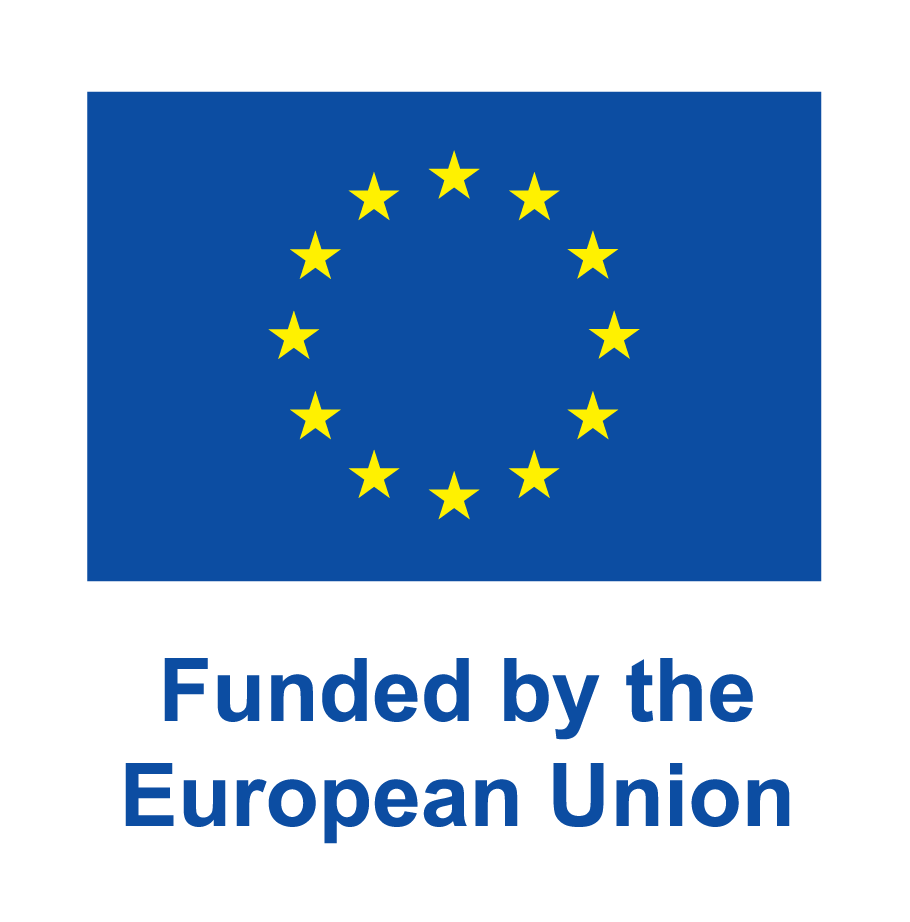GRAPHERGIA

GRAPHERGIA - INNOVATIVE PILOT LINES FOR SUSTAINABLE GRAPHENE-BASED FLEXIBLE AND STRUCTURAL ENERGY HARVESTING AND STORAGE DEVICES
Id call: HORIZON-CL4-2022-DIGITAL-EMERGING-02 - 2D materials-based devices and systems for energy storage and/or harvesting

Sapienza's role in the project: Other beneficiary
Scientific supervisor for Sapienza: Tullio Scopigno
Department: Physics
Project start date: October 1, 2023
Project end date: March 31, 2027

Abstract:
GRAPHERGIA aims is to develop a new science-based, holistic approach, implementing new advances to achieve one-step, laser-assisted synthesis, processing, functionalization and simultaneous integration of graphene-based materials and graphene nanohybrids, directly into relevant energy harvesting/storage devices. This will lead to a scalable, cost-effective and climate-neutral production of (i) e-textiles with the specific functions of wearable power supplying and self-powered structural sensors and (ii) next-generation electrodes for Li-ion batteries. Based on current TRL 3-4 activities, the consortium explores novel ideas for 2D materials engineering and integration at TRL 5 or higher, establishing versatile pilot-scale-based approaches for these two types of applications. Configurations of TENG-based e-textiles will be prepared to fabricate flexible architectures, designed to sustainably convert energy from the environment to electricity. Laser-scribed solid-state micro-flexible supercapacitors will be coupled to TENGs, via innovative power management circuits, acting as energy reservoirs to provide on-demand batteryless charging to wearable devices and sensors. All-in-one, self-charging power textiles with integrated electronic systems will provide a human-body-centric technology and interface the user to the IoT by wireless transmission of sensors’ signals. In parallel, GRAPHERGIA defines a credible “dry electrode” approach to fabricate next-generation electrodes for Li-ion batteries aspiring to reach the technical/economic targets of the 2030 European SET-plan. The proposed methodology will be implemented by blending recently devised IPR-protected technologies of consortium partners. To achieve these targets, a combined 2D materials and process-oriented approaches will be adopted, based on low-cost raw materials and inherently scalable fabrication approaches to ensure cost-effective and climate-neutral production of energy harvesting and storage devices.
Sapienza's specific project contribution:
1. Application of two operando methodologies, i.e. Kerr-gated Raman and impulsive vibrational spectroscopy via transient reflectivity, to suppress fluorescence signals. These studies will provide a unique and accurate diagnosis of the charge state of electrodes, which is essential for improving Li+ cell lifetimes, as well as monitoring cell ageing by accessing the precise Li inventory of the graphene LIB electrode.
2. Advanced study of graphene and graphene/heterostructures non-equilibrium processes; electron-phonon dynamics and energy transfer; transient Raman micro-spectroscopy; ultrafast dynamics in condensed matter.
